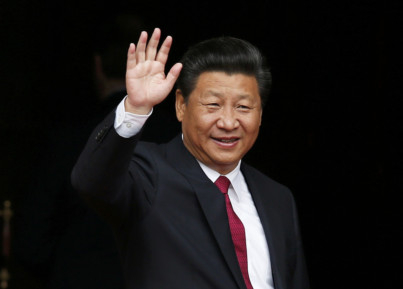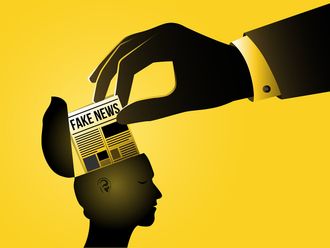
The one-child policy, which the ruling Communist Party of China scrapped last Thursday, still remains the law until legislators amend it next spring, replacing it with a new two-child limit prescribed by party leaders.
The Washington Post was scathing in its indictment of the existing policy, declaring that lifting the one-child quota could not undo the damage already done. “Dramatic human catastrophes, engineered by the Communist Party, punctuated the 30 years following the establishment of the People’s Republic of China in 1949: A bloody intervention in the Korean War; manmade famine during the “Great Leap Forward”; the Cultural Revolution. After the rise of more pragmatic Communist leaders in 1979, China settled down (with the notable exception of Tiananmen Square in 1989) and got on with the business of economic growth. Abuse of state power hardly ended, though; it simply took less spectacular form. The ‘one-child’ policy, which created havoc, one family at a time, epitomised this period,” the newspaper said in an editorial.
Arguing in the same vein, the New York Times called the decision a pragmatic but insufficient economic move. “The government continues to control personal freedom by limiting the number of children a couple can have to two, an abhorrent policy that no nation should have.
“In fact, many demographers and economists say that the government made a big mistake, even aside from the morality of the policy, by enforcing it for as long as it did,” the newspaper said in an editorial. It also highlighted the impact of such a policy on Chinese women, observing: “Women have suffered greatly under the birth-control policy. The government long levied harsh fines for a second child... There is no sign that these practices won’t be used if a woman has more than two children under the new policy.”
The Asahi Shimbun in Japan, meanwhile, censured the Chinese government for what it called “serious human rights violations, including forced abortions”, and said in an editorial: “Beijing has now decided to allow all couples to have two children. This is a step forward, but the system of regulatory birth control will remain in place. China should scrap this system altogether.”
The Observer in London took a more nuanced view of the decision, comparing the situations in the United Kingdom and China. “To see the UK and China as facing mirror-image dilemmas illustrates how misleading raw population numbers can be,” it said in an editorial. The paper observed: “The levers that might be used to try to shape birth rates are not only illiberal but blunt. The Chinese government has experimented with partially dropping the one-child policy before, but take-up has been very low, suggesting a policy like this shapes long-term cultural norms in ways that are impossible for governments to predict.”
The China Daily meanwhile noted that share prices of companies making baby food and nappies soared on the government’s decision. It said: “The weekend was likely to have been only the beginning of heated discussions about whether to have a second child or not among some of the nearly 90 million eligible Chinese families.”





_resources1_16a31069e4e_small.jpg)






